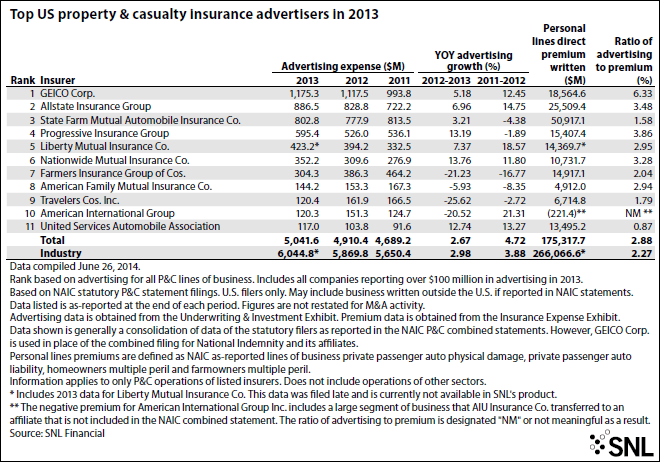For the insurer, profitability and sometimes even solvency comes down to being able to understand the probability of customers filing claims. Claims represent by far the largest single cost to insurers; nearly 80 percent of all premiums are put back towards claims payments and associated handling charges. As a result, when insurers look to reduce overall costs, many focus on adjusting the claims process. Emerging technology is helping streamline operations, prevent fraud and improve customer service. But insurers who only focus on claims management are missing out on a key opportunity to reduce claims and improve their bottom line through marketing strategies. For many insurers, rather than avoiding the claims process altogether, this is a matter of striking a balance of customers more and less likely to file a claim on the roster. This balance can make all the difference to an insurer’s sustainability and bottom line.
Insurers are expert at analyzing the risk of any given applicant, but too often they are not utilizing that hyper accurate ideal customer profile in their marketing. Using data from existing customers, insurers can predict what demographic and psychographic customer profiles are most likely to file a claim and determine the optimal customer profile for maintaining this balance. The key is to use this data not just to assess risk and determine a premium for a potential customer, but to inform marketing strategies. To drive down claims rates, insurers need to adopt digital marketing strategies that target prospects who fit within this ideal demographic.
It is important to understand which promotions have the highest conversion rates within the target demographic and tweak marketing campaigns accordingly in real-time to increase the chance of acquiring these customers. Analyzing data from past campaigns can provide insight into how each demographic will react to an ad. Let’s say a home insurance company tracks the success of its digital marketing campaigns from the last five years and finds that females between the ages of 48 and 63 are most receptive to advertising for a particular policy. When they are alerted that Michelle, a 55 year old woman, has started to fill out a mortgage request, they can serve an ad with a quote or policy that has proven successful with others in her demographic, with the knowledge that she is more likely to convert.
Insurers can further drive efficient ad spend by focusing on high-intent customers within these demographics. Insurance advertising spend is typically focused on major TV spots and big sponsorships. As a result, expensive ads reach consumers who are not in the market to change providers. Using mortgage or loan quote request forms, insurers can identify customers who are actively looking to either switch providers or begin a new policy. Once insurers have identified customers who are on the cusp of a purchase, the key is using a powerful combination of first party, third party and proprietary data to form a more complete picture of the customer. Drawing from multiple sources of data helps insurers gain insight into demographics, household income and location from a range of sources, so that they can not only evaluate the quality of each lead up front, but present more accurate quotes, targeted to each individual’s needs. This ultimately increases the odds of conversion.
Too often, marketing outreach is broad, inviting quote requests from consumers that the business does not want to insure, or a segment of the market that the insurer in question is not set up to offer competitive quotes to. Insurers cannot completely control or predict the number of claims that will be filed. Through data analysis and targeted marketing strategies, insurers can, however, reduce claims and also reduce the amount of unsuitable leads. This makes the insurer’s business more efficient and competitive and will actually allow them to give more customers support and peace of mind over the long term.
 Steve Yi is CEO of MediaAlpha, the emerging technology leader in performance-based insurance advertising.
Steve Yi is CEO of MediaAlpha, the emerging technology leader in performance-based insurance advertising.
Was this article valuable?
Here are more articles you may enjoy.


 California Chiropractor Sentenced to 54 Years for $150M Workers’ Comp Scheme
California Chiropractor Sentenced to 54 Years for $150M Workers’ Comp Scheme  Report: Vehicle Complexity, Labor ‘Reshaping’ Auto Insurance and Collision Repair
Report: Vehicle Complexity, Labor ‘Reshaping’ Auto Insurance and Collision Repair  Viewpoint: How Generative AI Enables a Brighter Claims Future in 2024 and Beyond
Viewpoint: How Generative AI Enables a Brighter Claims Future in 2024 and Beyond  Vintage Ferrari Owners’ Favorite Mechanic Charged With Theft, Fraud
Vintage Ferrari Owners’ Favorite Mechanic Charged With Theft, Fraud 